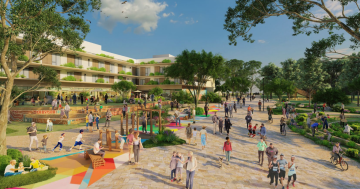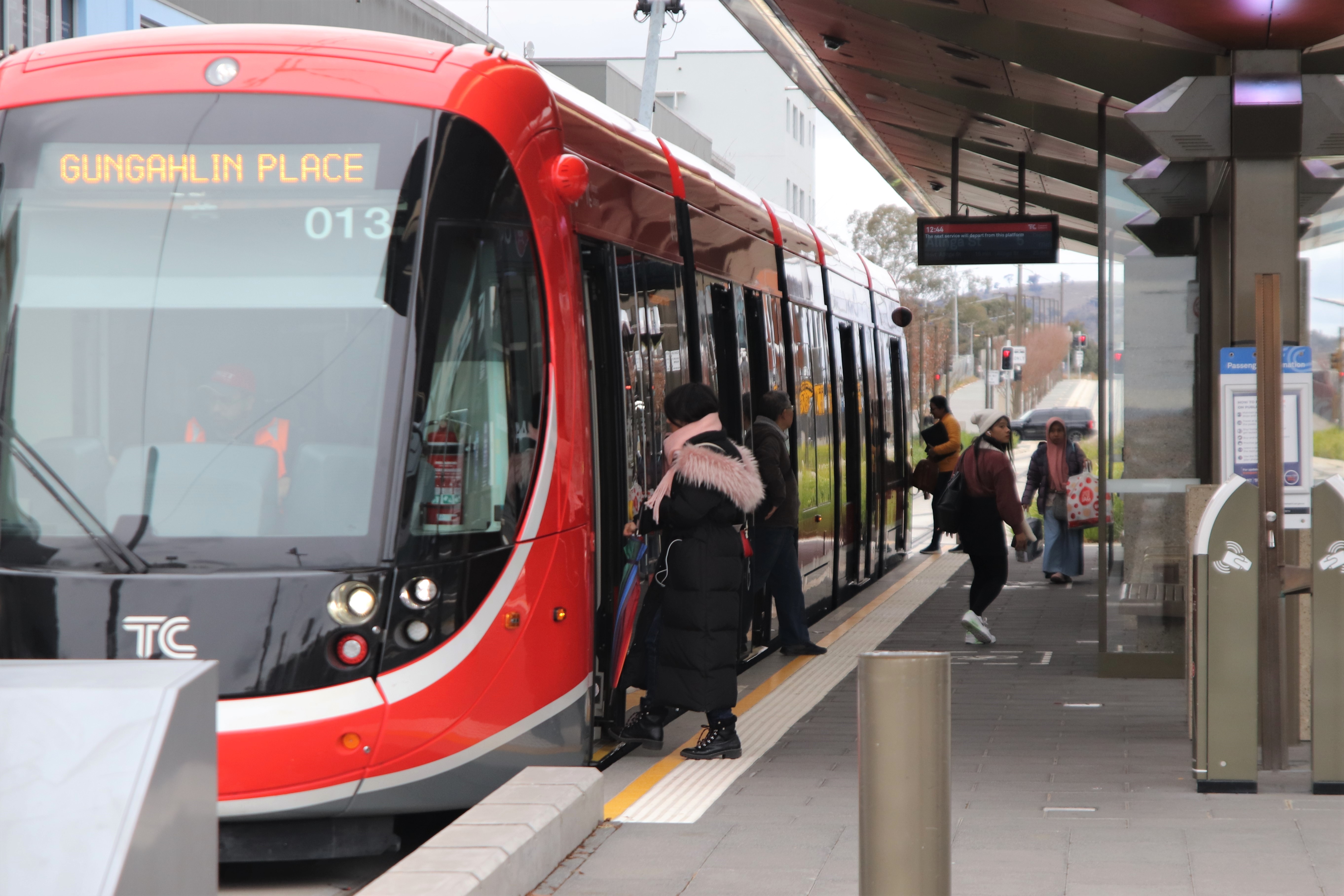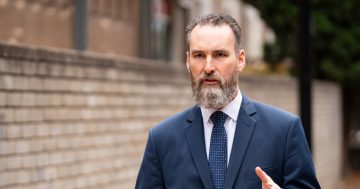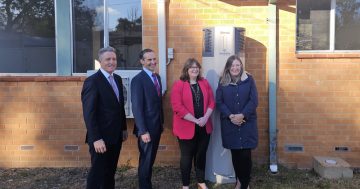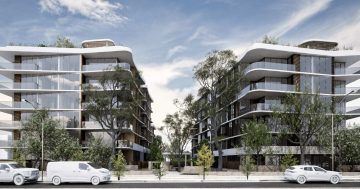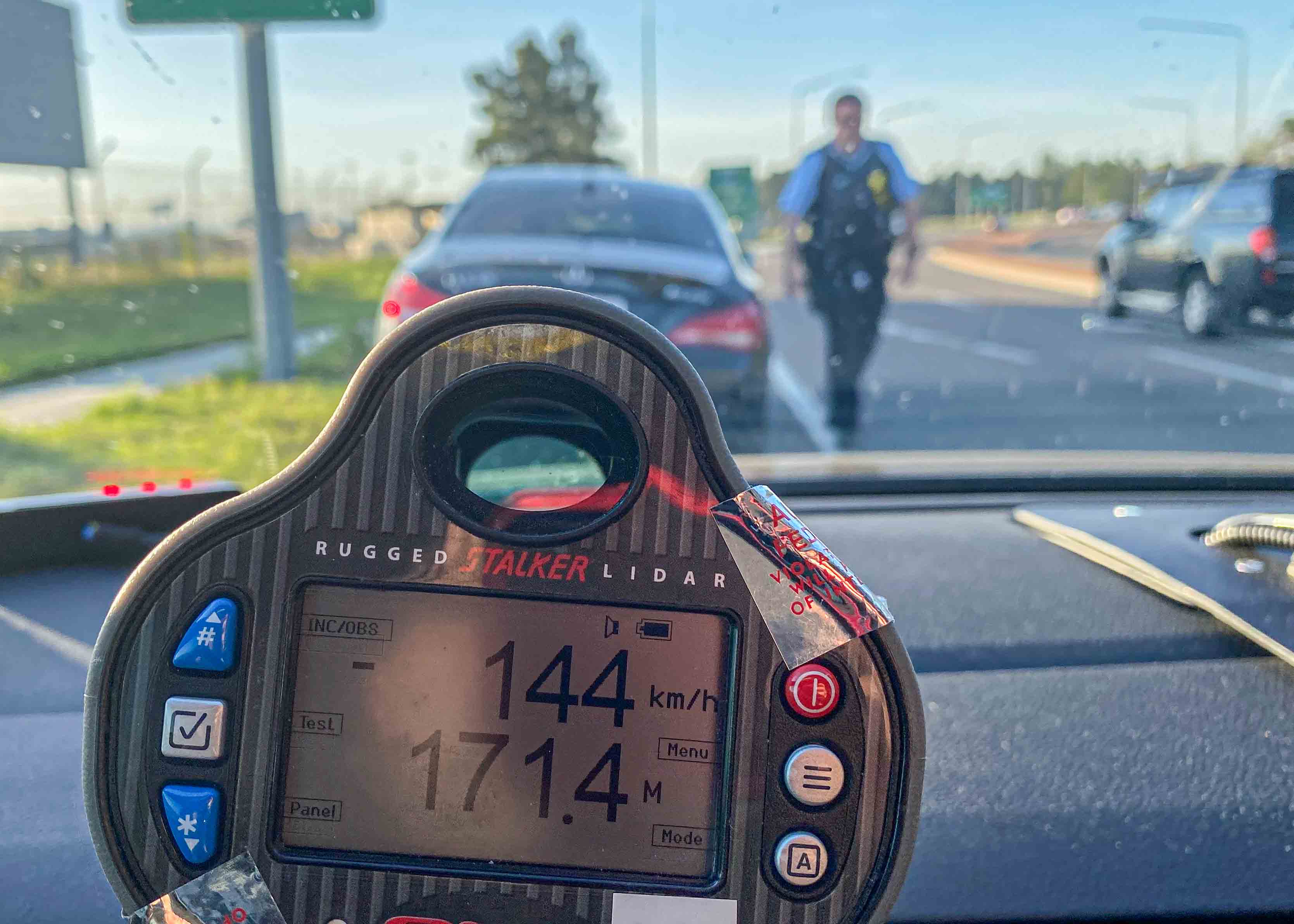The suburb of Bonner is three and half times larger than it was five years ago with a baby boom among the factors contributing to the growth.
The latest Census found Bonner had increased its population from 1494 residents in 2011 to 6730 residents in 2016, with 13.4% of the total population born within the past five years.
The statistics place Bonner among Gungahlin’s fastest growing suburbs, where 1564 properties have been built since 2011.
So what else is new in Bonner in 2016?
Who lives in Bonner
With a median age of 30, Bonner has a slightly younger population than Gungahlin as a whole where the median is 31, but is two years older than the suburb’s median age in 2011.
There are slightly more women than men, with females making up 50.8% of the population and men comprising 49.2%.
Almost 62% of residents aged over 15 are married, which is well over the national statistic of 48.1%.
Arguably a major contributing factor to the youthful Bonner median is the large population of children. Almost one third (32%) of residents are aged under 15, with 13.4% of the population beneath the age of five. In 2011 the statistics were similar, with 28.8% of the population aged under 15 and an astounding 14.1% of the population aged under five.
This compares to current Gungahlin region statistics where 24.1% of the population is younger than 15, and 9.5% is under five. Meanwhile 26.3% of current Bonner residents are aged 30-39.
That means young families make up a vast proportion of this rapidly increasing suburb. Over 85% of households contain families, with 65.5% of them being couples with children. A further 22.6% are couples without children, and 10.7% are single parent households.
If you have children, the likelihood is there are two residing beneath your roof – a figure that’s marginally higher than the Gungahlin average of 1.8, and a rise on Bonner’s statistics in 2011 when the average number of children per family was 1.9.
How Bonner fares financially
Almost one third (32.2%) of Bonner households have a gross weekly income of more than $3000, while the median household income is $2326.
That places Bonner in line with the Gungahlin regional statistics where 31% of households have a weekly income exceeding $3000, and the mean household income is $2247.
It is well above the national standard where 16.4% of households have an income of $3000 or more each week, and the median is $1438.
It also means Bonner is better off financially than it was five years ago. In 2011, only 17.6% of households had an income in excess of $3000, and the median household income was $2097.
Expenses have also decreased in the past five years, meaning not only do Bonner residents make more, but they have less in the way of outgoings.
In 2011 the median monthly mortgage repayment was $2321 but reduced to $2200 in 2016. Those renting paid a median of $495 in 2011 and that also reduced in 2016 to a median of $430. The upshot being Bonner residents have more in their pocket now than they did five years ago.
How Bonner residents live
Single dwelling houses of three bedrooms or more are by the far the most popular accommodation for Bonner residents. And there have been 1564 of these properties built in the past five years to bring the total number of dwellings to 2161.
Over three quarters (76.8%) of the housing stock is separate houses, while 22.7% is semi-detached premises or townhouses.
That compares to a general Gungahlin figure where 64.6% of dwellings are separate houses, 26.6% are townhouses, and 8.6% of the housing stock is units or flats.
And like much of Gungahlin these houses are relatively large compared to the national standard. Over half (55.7%) have more than four bedrooms, 36.1% have three bedrooms, 6.1% are two-bedroom properties, and 0.8% are one-bedroom dwellings.
Nationally, 32.2% of homes have more than four bedrooms while the bulk (41.1%) are three-bedroom homes.
However in a figure that’s far less than the Gungahlin and particularly the national norm, only 6.7% of residents own their property outright. In Gungahlin 16.1% has paid off their mortgage, while nationally 31% of the population has.
Instead, Bonner residents are far more likely to be using their better than average income to pay their mortgage each month. A little over 62% of the population owns their property with a mortgage and only 28.7% rent.
And they’ve made progress on 2011 when only 3.5% of the population fully owned their own home, and 76.6% were paying a mortgage. Meanwhile five years ago the population renting their home was a minor 19.1%.
In Gungahlin, 49.9% of the population are paying a mortgage and 31.9% rent, while nationally 34.5% have a mortgage and 30.9% are renting.
Where Bonner residents come from
Bonner reflects Gungahlin’s rising multiculturalism. In 2016, 57.5% recorded their country of birth as Australia, compared to 61.6% of people stating they were born here in 2011. It’s a similar statistic to Gungahlin in general where the number of people who were born outside Australia has risen by 5.4% since 2011.
Other countries of origin for Bonner residents include: India (9.5%), Sri Lanka (2.3%), Pakistan (2.3%), China (2.3%), and the Philippines (2.2%).
Meanwhile, more residents now indicate both their parents were born overseas, with 52.1% indicating their parents were born elsewhere in 2016, compared to 47.8% in 2011.
In terms of language, just over half the population of Bonner (52.9%) speaks only English at home. Other languages spoken include Hindi (3.3%), Urdu (3.3%), Punjabi (3%), Mandarin (2.6%), and Telugu (2.5%)
The final word
Established in 2010, Bonner has continued to grow rapidly since the previous Census, with the population swelling by 4876 people in just five years.
It is largely a suburb of young families, where the birth rate continues to be well above the national norm. These families are working for the best start in life, earning a decent wage, buying their own homes and paying them off as quickly as possible.



